Jeffrey Solow reviews a new edition of the legendary suites edited by cellist Jonas Seeberg
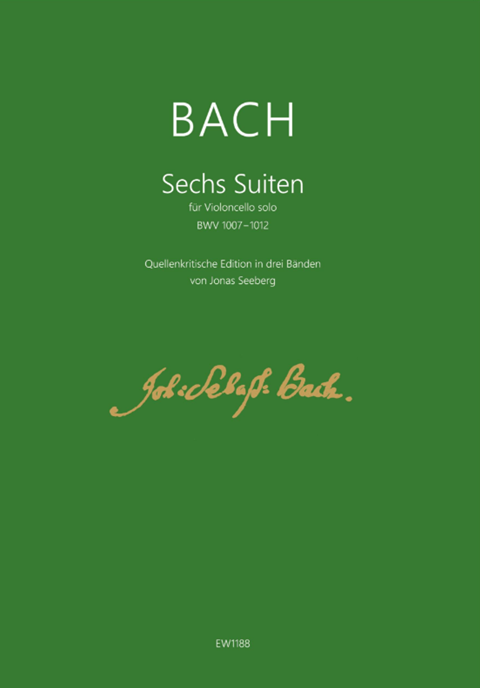
Bach Cello Suites BWV1007–1012
Ed. Jonas Seeberg
160PP ISMN 9790502651886
Edition Walhall €39.80
What distinguishes Jonas Seeberg’s 2022 three-volume critical edition from previous ones is its premise: a supposition advanced by Ulrich Leisinger in the commentary to his 2002 edition, that two autograph working manuscripts in the hand of J.S. Bach ‘can be assumed to have existed in Bach’s library around 1727–1731’. The three volumes, two performance scores and a critical score, are grounded in a separate critical study by Seeberg (available – only in German – in a free download from Walhall) and they present Seeberg’s ‘source-critical reconstruction[s] of these lost manuscript[s]’. He posits that each autograph manuscript generated its own line of textual descent: Ms I leading to Source B (which, Seeberg argues, is likely from a later date than commonly accepted) and to Dotzauer’s 1826 edition; and Ms II leading to Source A, to a third manuscript (not by JSB) that Seeberg calls Ms III (which Andrew Talle, in his 2016 NBA revised edition, calls [G]), and ultimately to Sources C/D and E, the first published edition of the Suites in 1824, edited by Louis-Pierre Norblin.
‘Performance score I’ is based on Source B (J. P. Kellner) and ‘performance score II’ on Source A (Anna Magdalena Bach). The ‘Text Volume and Critical Score’ includes an extensive preface and a critical report, and presents its musical text (Performance score I) with significant articulation variants of the two transmission strands above and below the stave, as well as indicating where original articulations cannot be reconstructed. Extensive footnotes describe and explain Seeberg’s decisions and ‘cautious articulation additions’.
Seeberg delves deeply into articulation slurs, but only from A and B since he eschews C/D/E’s articulations as being of ‘doubtful authenticity’. (Sources C/D/E were only ‘consulted for the clarification of ambiguities’ in A/B.) He points out that Dotzauer’s standing in the Source B thread is like Norblin’s (E) in the A/C/D thread, and has been previously undervalued as a source capable of confirming articulations in B.
Hinging as it does on the existence of two autograph manuscripts, the edition’s foundation is substantially weakened if that premise is incorrect. The critical study’s bibliography shows that Seeberg unfortunately missed three relevant discussions: James Grier’s 1996 book The Critical Editing of Music; my article ‘What do we really know about Bach’s Cello Suites?’in The Strad (June 2022) and Andrew Talle’s 2022 revised preface (largely prompted by discussions with me referencing Grier’s book).
Read: A new light on the polyphonic nature of Bach’s Cello Suites, Sonatas and Partitas for Solo Violin
Read: Bach Cello Suites: What do we really know about Bach’s Cello Suites?
In 2022 Talle abandoned his earlier scenario which Seeberg argues against, that a single autograph generated both A/B and C/D by existing in two states, ‘clean’ and ‘revised’, because Grier conclusively demonstrates that mistakes common to all four extant manuscripts (A/B/C/D) must have derived from a single source (Bach’s working manuscript), while mistakes common to A/C/D but not found in B must derive from an intermediate non-autograph copy (as it is inconceivable that Bach would have made numerous identical mistakes in two manuscripts).
Therefore, while Seeberg is most certainly correct that two working manuscripts of the Suites existed in Bach’s library, he is likely incorrect that both were autographs by JSB.
JEFFREY SOLOW


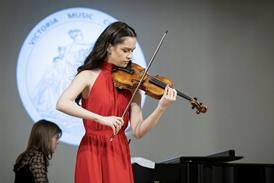
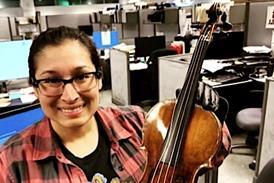

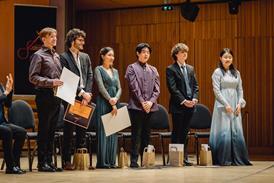
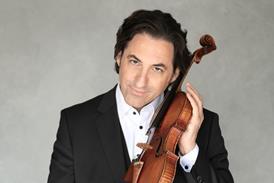
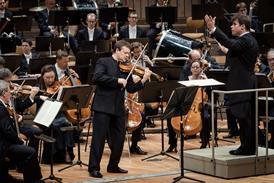


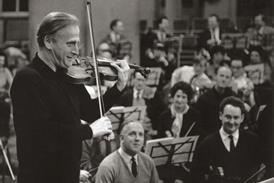

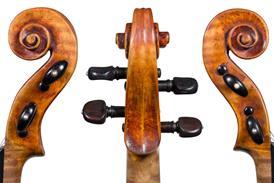
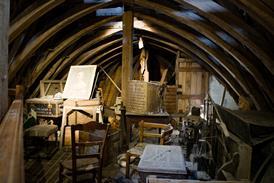
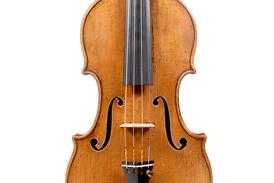

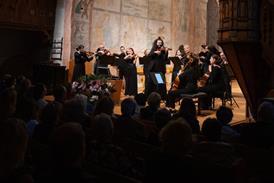

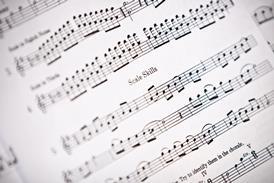
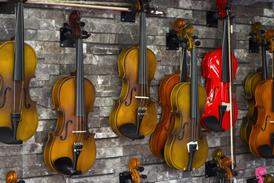
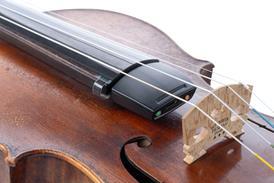
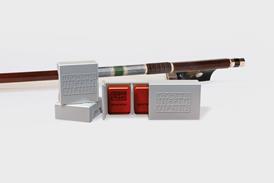
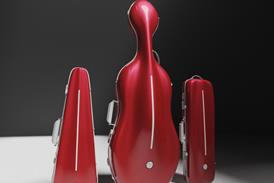











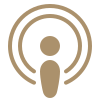
No comments yet